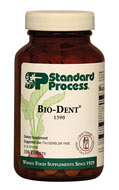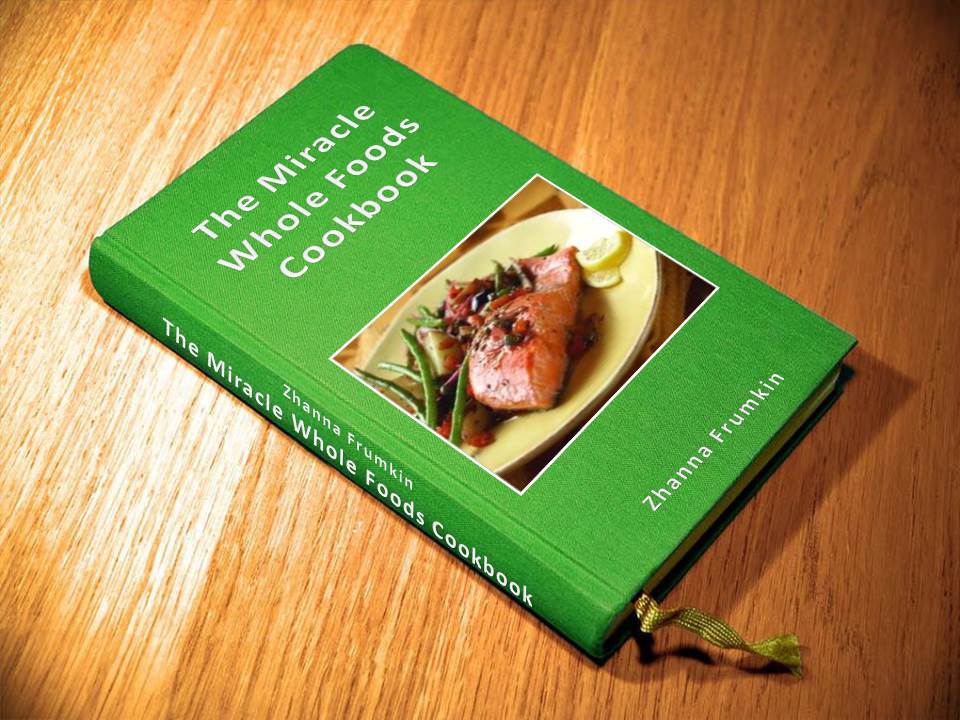A Diet of Mother and Early Childhood
is of Crucial Importance
is of Crucial Importance

|
Buddha |
It is well to accept in mind that every tooth a man will ever have is already formed or being formed in his jaws at birth. The teeth actually begin to be formed before any of their supporting structures in the skinny alveolar process.
The germ appears as the dental ridge developing from the cells of the ectoderm, as early as the seventh week of fetal life. The tooth-buds of the temporary teeth begin to be differentiated about the eighth week. These structures invade the underlying mesoderm and together they form the "dental papilla" which becomes distinguishable during the ninth or tenth week. The tooth-buds of all the deciduous teeth are definitely formed and the enamel organs of the permanent teeth have appeared by the fifteenth week. At about the twentieth week calcification sets in the tip of the incisors to be followed by calcification in the canines and premolars in the twenty-fourth week.
The first permanent molars, in their origin and development, follow very closely the development of the temporary teeth. At about the fifteenth week their enamel organs first appear and this is followed two weeks later by the formation of their dental bulbs. The dental follicles of these teeth are complete and their calcification has begun by the ninth month. All of the other permanent teeth have also been laid down by this time and are calcified during early childhood.
Let me briefly review this: At birth all of the temporary teeth are definitely formed and calcification is in process; the six year molars are formed and calcification of their crowns is under way; all of the other permanent teeth have been laid down and await calcification during early childhood.
It is before birth, when these teeth are forming, that we must begin to save the teeth of child and adult. For, not only is it here that those defects are produced which are visible in so many teeth when they erupt, but here also are many of the defects initiated which are to appear later. A soft pre-tooth structure lay down in the jaws of the embryo, due to nutritional perversion of the mother, predisposes the teeth to cavities and decay. Finally calcification, due to nutritional perversions and deficiencies, injures both the temporary and the permanent teeth.
A faulty diet and nutritional derangements after birth easily results in faulty tooth structure, both in the temporary and permanent teeth. The prenatal months and the pre-school years are, indeed, the golden age for the prevention of tooth decay. If no thought is ever given to the requirements of children's teeth until after they erupt, the chances are that, on our modern diet, the child's teeth will be defective and short-lived.
Upon the mother falls the duty of feeding the teeth during the prenatal months and during the nursing months after birth. The duty and the responsibility are hers. Her duty is not merely to her child but to herself, as well. If she does not supply the embryo with the necessary elements in her food, nature will manage to take some of these out of her own tissues. Her own teeth will suffer, and perhaps, also her blood and other tissues, due to nature's habit of safeguarding the child at the mother's expense.
Dr. Howe says that: "The deficiencies which manifest themselves in the dental apparatus of the child are generally, in part at least, results of deficiencies in the diet of the mother before the child is born and wrong feeding of the infant. It is more and more the duty of our profession to take care of the dental condition of the expectant mother. The diet which will protect the teeth against the heavy demands of this period is the very diet to supply materials for the bones and teeth of the fetus."
Mothers tend to lose their teeth during pregnancy and lactation. This is not true of animals and savages and is so in educated mothers because their diet does not meet the demand for extra calcium during this period.
Artificial infant feeding tends to produce decay of the teeth. Children in England and Scotland show about 85% decayed teeth. American children, who are breast-fed to six months or more, show 42.6%. Children fed on sweetened condensed milk show nearly 73%, decayed teeth. It is also necessary that you feed yourself properly. In certain tribes who chip their teeth off and point them in their effort to add to their beauty, so long as their broken teeth are well-nourished, they do not decay. An animal may break a tooth in a fight or otherwise, but it does not decay.
to eat proper foods and take adequate care
of themselves and their failure
to properly feed their children.












